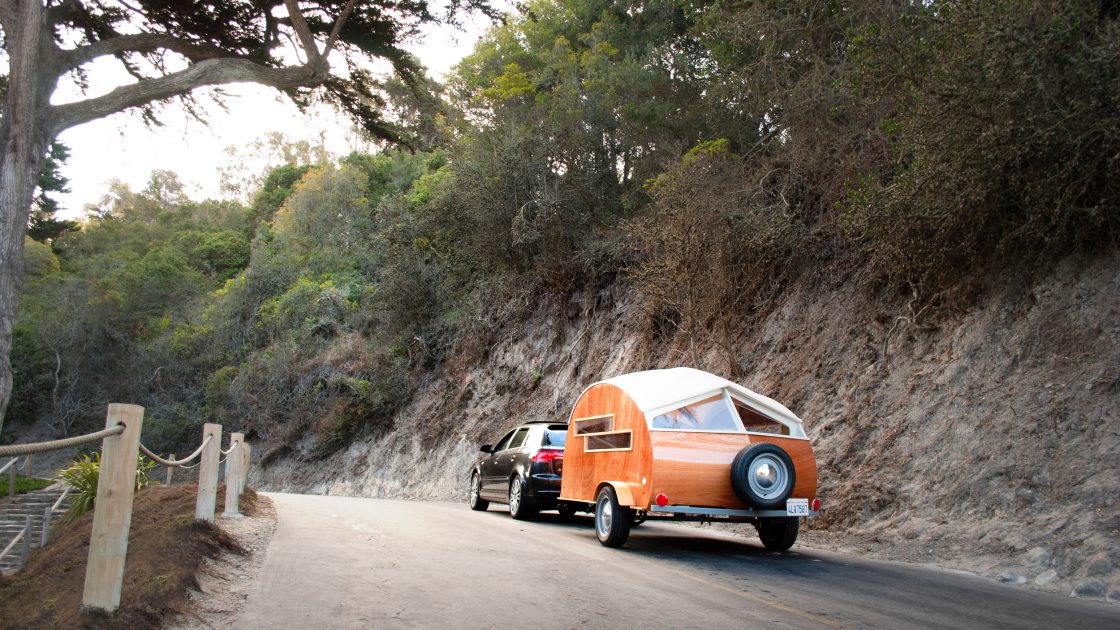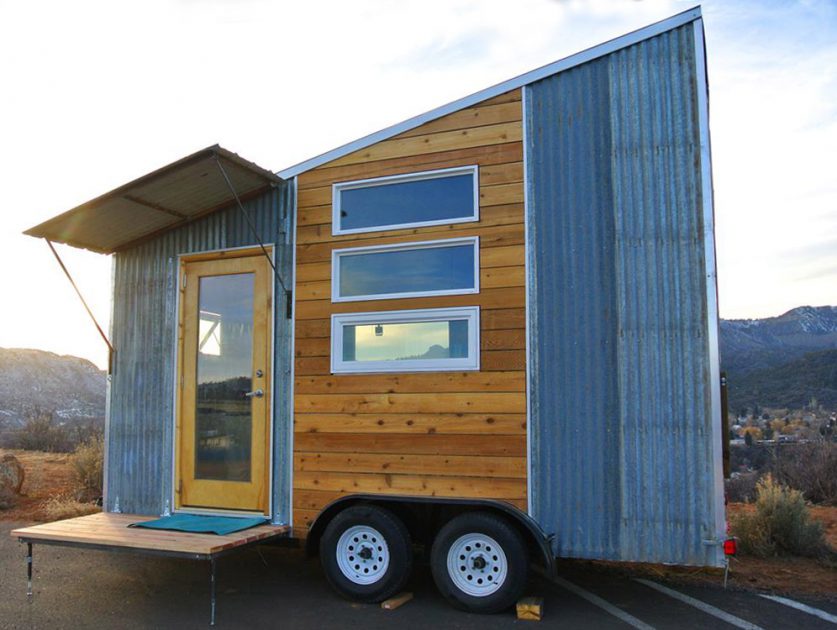Even though the average tiny house owner moves their home only once every few years, there are still some people that go tiny so that they can travel. So why a tiny house and why not an RV? Why not buzz around in your SUV and pull a Tear Drop? Here are the pros and cons of Tiny House Travel.
Pros
Durable Construction
The good news is that when you are building a tiny house, you are in for the long haul. If you have ever been in an RV, for the most part the vehicle is built to be light. So you have construction with materials like plastic for sinks and walls. In your tiny house, you will find materials that would be used in a real large sized construction. The windows are real, the appliances are full size (if you want them to be) and you won't have to trade the house in five years down the road because you put 100,000 miles on it.
Tailored Design
One of my favorite things to do when I am traveling is to take in the local cuisine and I love to cook. With a tiny house, I can design the house for exactly what my tastes are. If I want a full kitchen to take advantage of the fresh local produce and fish, I can have it. If I am more of a relax and take in the beauty of the environment type of person, I can design my home with doors and windows that open up and allow nature to come right in. These are things that are a lot tougher to do with RVs and campers.
Your Own Bed (And other Stuff)
You have heard this situation before: You get to the hotel, jump into bed and have one of the worst night’s sleep in months. Maybe you bring your pillow along so that you at least have a comfortable head. When you tiny house travel, you have YOUR bed. A real sized bed, with your pillow and your sheets and your blanket and your good sleep. The same thing goes for towels, kitchen utensils and pretty much everything else that you don’t want to be without. Not all RVs and few campers have built in clothes washer and dryers right there at your disposal. You can have it in your tiny house if you need it.
Livability

So let's say you are cruising across the country and you get to Seattle and you just want to stay for a little longer. Like two months longer. Or maybe even a year. Tiny houses are meant for full time living. They are insulated properly, and are watertight, keeping the heat, cold and precipitation at bay and very economically. This cute little teardrop (Courtesy of Hütte Hut) is great for your weekend away, but you know you aren't going to be able to spend more than a couple of weeks in it.
Cons
Heavy
One of the biggest things to keep in mind when doing tiny house travel is that you are carrying more weight than you would be if you are in an RV or towing a camper. This means less gas mileage, possible route limitations and maybe even the possibility that you are going to have to purchase a new tow vehicle. If you are trying to keep the weight down of your tiny house, maybe go a little smaller than that 32’ gooseneck that you originally wanted. READ MORE: The Tiny House Towing Guide
Large
Speaking of route restrictions, tiny houses are normally built to the widest and tallest road legal limits, to take advantage of as much space as possible. This can become tricky to maneuver through some small towns and areas. Although there are ways around this planning hassle, the problem still exists. If you are looking to get around the size, consider a tiny house without a loft, or again, build on the smaller size.
Not Aerodynamic

Well, it isn't hard to figure out, but driving a big block down the road is not the most aerodynamic thing a person can do. You are definitely trading off the function and style of a tiny house for the cost of the fuel and transportation with an RV or camper. But there are a few cool options out there where designers have made their tiny home a little more aerodynamic. The photo to the left comes courtesy of Rocky Mountain Tiny Houses. With no roof overhang on the front and a wedge shape, I suspect this design is a lot more fuel efficient than a house with a gable roof. So there ya go, the pros and cons of tiny house travel. Do you plan on traveling with your home? Or just parking it in one place and not moving? Let me know in the comments below.